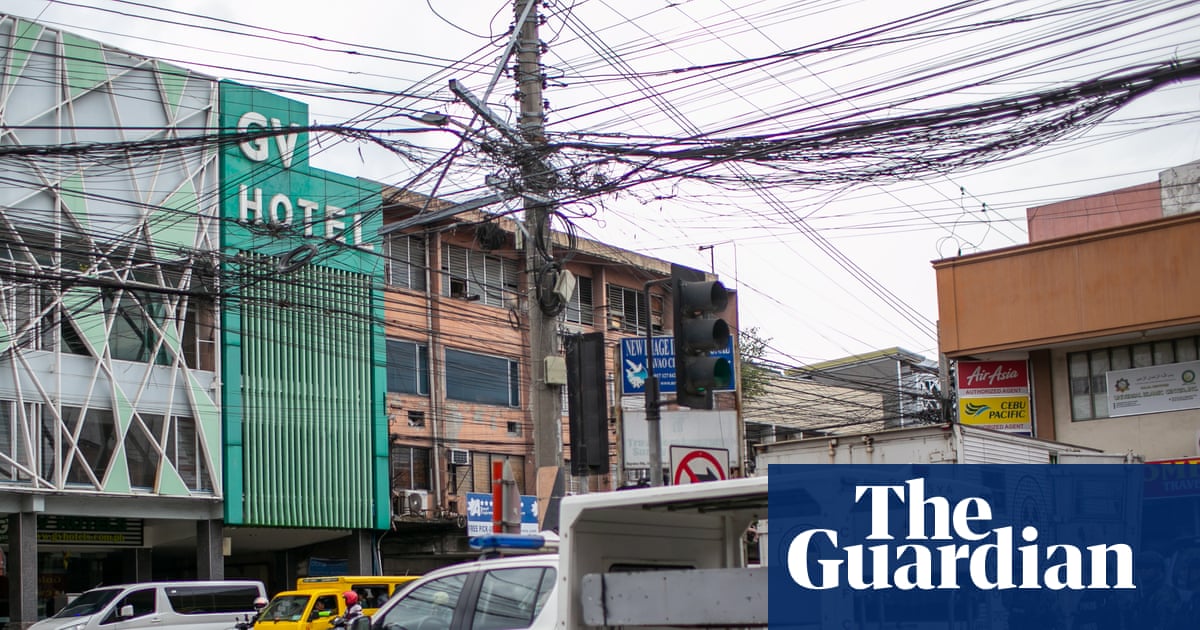A crackdown on risky lending will limit banks’ capacity to extend highly geared mortgages, as the financial regulator launches a pre-emptive strike against the growing excesses of an overheated property market.
The Australian Prudential Regulation Authority announced a 20% cap on the share of new lending that banks can do at a debt-to-income ratio above six – a mortgage worth more than six times the borrower’s income.
While Jim Chalmers said the move would “help with financial resilience and housing affordability”, the Greens immediately criticised it as insufficient and experts said it would not curb the current rapid rise in lending growth and property prices.
The newly announced restriction lands amid a worsening housing crisis, with a recent report highlighting affordability is now at its worst on record and that a typical household needs to dedicate nearly half of its pre-tax pay to service the average new mortgage.
An explosion in lending to landlords has been of particular concern to regulators. Property investors account for two in five new loans, and the value of investor lending surged by 18% in the September quarter alone.
Investors returning to 2014-era dominanceThe lending restriction will start in February, and Apra’s chair, John Lonsdale, said the regulator was prepared to intervene further.
“We will consider additional limits, including investor-specific limits, if we see macro-financial risks significantly rising or a deterioration in lending standards,” he said.
It has been a decade since the regulator last intervened to put speed limits on runaway lending, which dragged down home prices.
Analysts said the new cap on new high risk lending would not have the same effect.
“This is a guardrail for stability, not a handbrake on demand,” said Nicola Powell, Domain’s chief of research and economics.
“It won’t cool prices or improve affordability – nor is it meant to. It reins in the riskiest edge of lending.”
Apra data shows only 10% of new loans to investors are made at debt-to-income ratios of six or more, and about 4% of new owner-occupier loans – well short of the 20% cap.
Jon Mott, a bank analyst at Barrenjoey, said “while it is positive to see Apra is focused on the potential build-up of risk in the housing system given very over-leveraged Australian households, this policy is unlikely to be a binding constraint in the short to medium term”.
skip past newsletter promotionafter newsletter promotion
Chalmers said the new restrictions were “prudent steps to maintain responsible lending”.
“These rule changes are an important way for the regulator to reduce risk in our economy, but these efforts will also help when it comes to getting people into homes.”
Eliza Owen, the head of research at property data firm Cotality, said limiting high risk lending was “a good move in an environment where investor concentration in the market was unusually high and back to levels seen in the 2010s”.
“It’s more likely to have an impact on highly leveraged investors than owner occupiers. It’s more like a preventative measure to stop a blow-out in high debt-to-income lending,” Owen said.
“At the end of the day, the regulator can only do so much for housing affordability. That’s more for fiscal policy change, like [reforming] the capital gains tax concession.”
Greens senator Barbara Pocock said the move, while a welcome start, did not go far enough and that “first home buyers are being priced out by investors at weekend auctions”.
“Apra must use all the tools in their toolbox to rein in investor lending that is exacerbating the housing affordability crisis,” Pocock said.

 2 weeks ago
2 weeks ago















